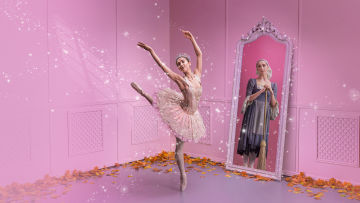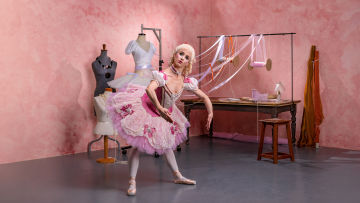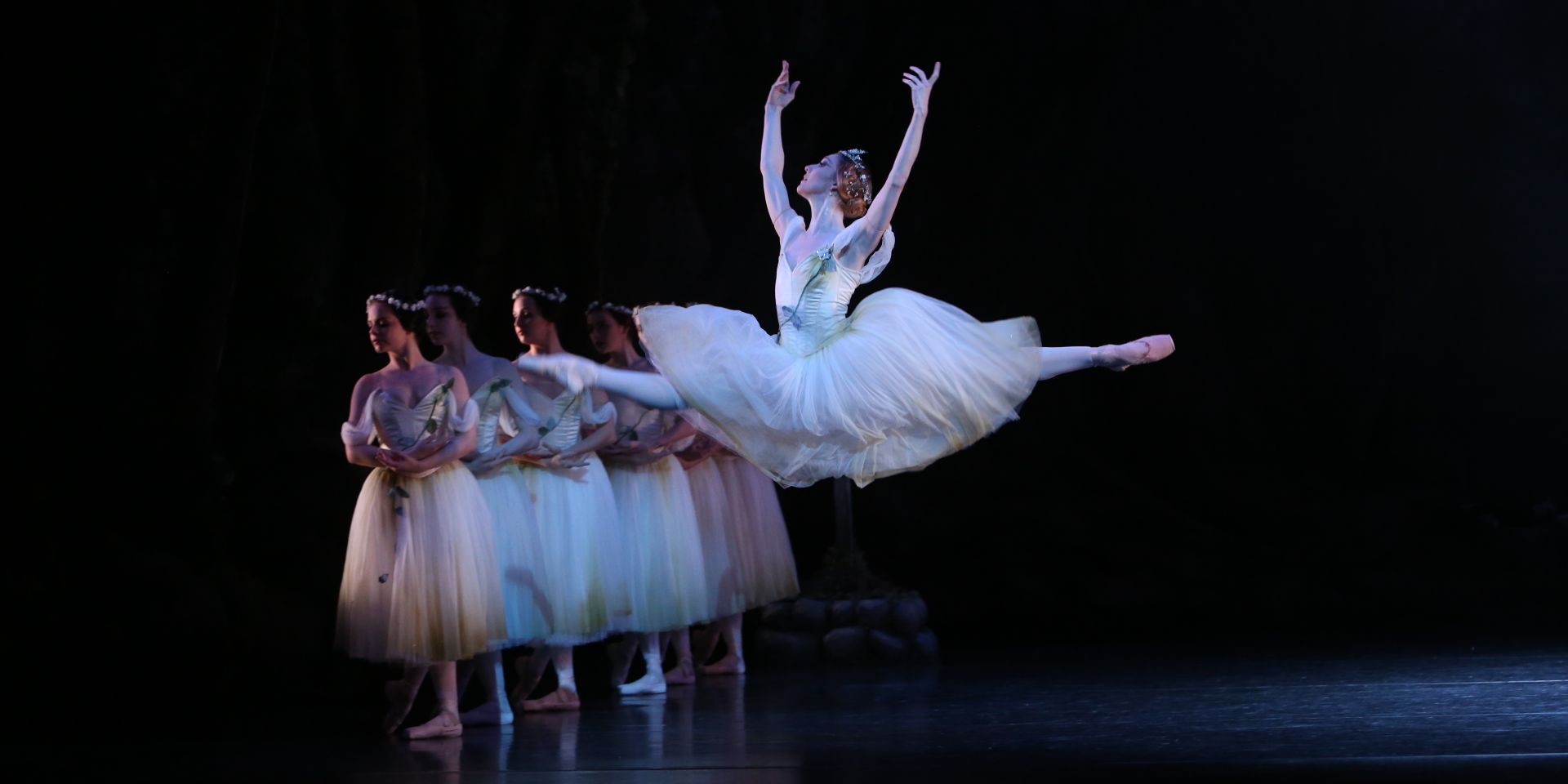
History of the Pointe Shoe
Ritual, symbolism, innovation, and grace: the pointe shoe has been an endless source of fascination since French ballerina Marie Taglioni first went en pointe in 1832 during the Parisian premiere of La Sylphide.
Stories say she danced on the tips of her toes, becoming a sensation overnight. Her light, ethereal movements and seemingly effortless grace captivated audiences in Paris. Taglioni’s shoes were nothing more than modified satin slippers with leather soles and darned sides, yet the pointe shoe became a symbol of the Romantic era of ballet, featuring in Coppélia, Giselle, and more.
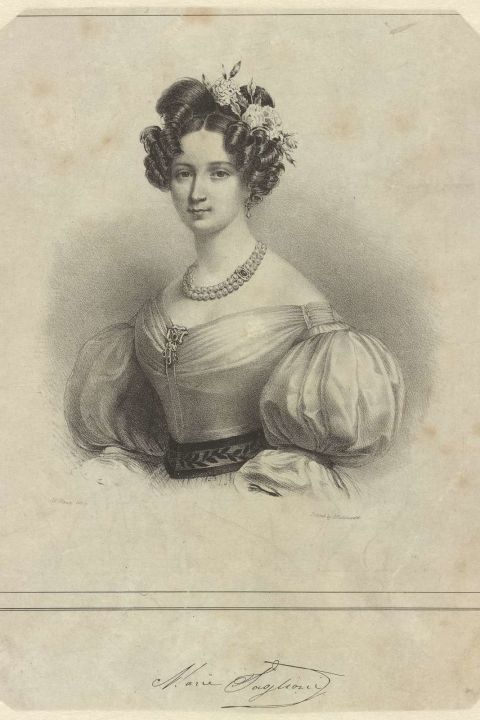
The Romantic era, which evolved in the 19th century, marked a significant shift in the art of ballet, where dancers moved away from the rigid formalism of the Baroque period to express more fluid, emotional movements. The White Act became a popular convention, used to explore supernatural themes, and ballerinas wore long, flowing tutus and an early design of the pointe shoe - ideal for characters such as fairies and spirits.
For the first time since King Louis XIV created the origins of ballet movement in 17th century France, the popularity of male dancers declined and the cult of the ballerina emerged.
By the late 19th century, Italian shoemakers had created reinforced pointe shoes with stiffened boxes made from newspaper, flour, and pasteboard, strengthened with leather, and dancers were able to perform sustained balances and multiple pirouettes. In the early 20th century, a young ballerina by the name of Anna Pavlova progressed the design by adding leather soles to the insides and hardening the box for more support.
Today, the pointe shoe is still mostly made by hand and requires a high level of skill and craftmanship to create. With an improved design to meet the physical demands of ballet, most are still constructed with simple materials such as leather, cardboard, satin, and glue. But to dancers, the pointe shoe is not just a piece of equipment, rather an extension of their bodies, allowing them to express the beauty of their art.
Steeped in history, designed for storytelling, they remain the ultimate symbol of the ballerina.
"The pointe shoe helped her be more expressive and lighter on her feet and seemingly float across the stage”
– Noelene Hill, Resident Designer & Costume Archivist at Queensland Ballet
Behind the Scenes of Giselle
Meet Noelene Hill, our Resident Designer & Costume Archivist, as she takes us through the history of the pointe shoe, particularly in relation to Queensland Ballet’s upcoming production of Giselle.
Click the link below to learn how you can fund pointe shoes and flats, and enable Queensland Ballet dancers to continue making magic.
#Related
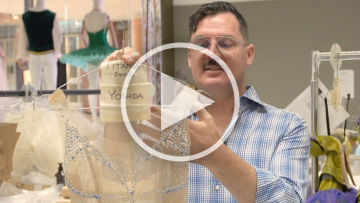
Season 2024 ·
Recreating Titania’s costume
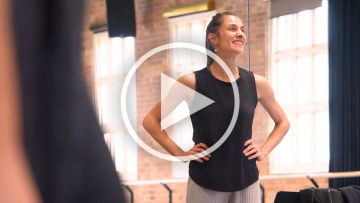
Season 2024 ·
